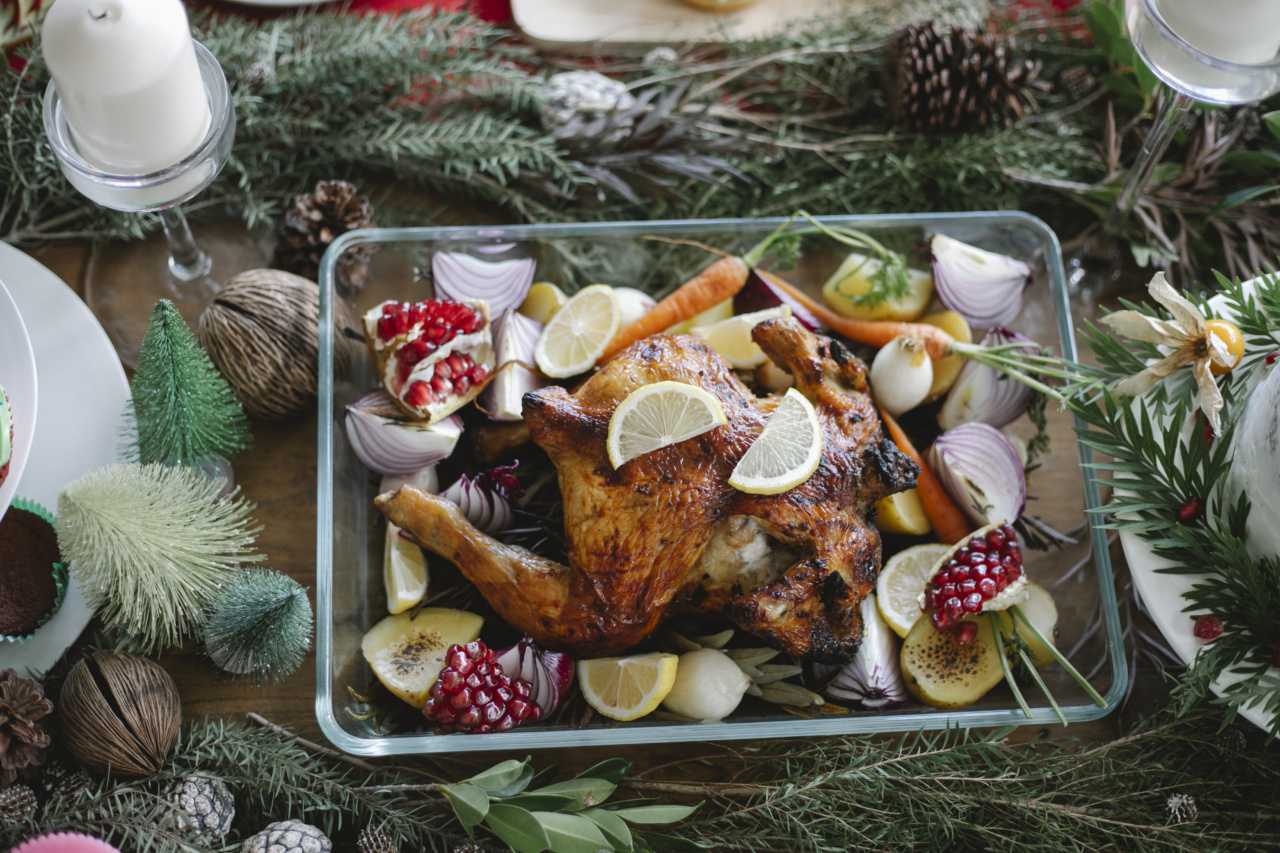During the winter season, it is essential to nourish our bodies with nutritious foods that provide warmth and support our cardiovascular health. One vegetable stands out among the rest as the ultimate heart-healthy winter vegetable – kale.
Packed with an array of nutrients and powerful antioxidants, kale offers numerous benefits for our hearts and overall well-being.
1. Nutritional powerhouse
Kale is often referred to as a nutritional powerhouse due to its exceptional nutrient density. It is an excellent source of vitamins A, C, and K, as well as minerals like potassium, calcium, and magnesium.
These nutrients are vital for heart health, as they support proper functioning and help maintain a healthy blood pressure level.
2. Rich in antioxidants
Antioxidants play a crucial role in reducing oxidative stress and inflammation in our bodies. Kale is abundant in antioxidants such as flavonoids and carotenoids, which help protect our cells from damage caused by free radicals.
By reducing oxidative stress, kale helps lower the risk of heart disease and other chronic conditions.
3. High fiber content
Fiber is an essential nutrient for a healthy heart and digestive system. Kale is rich in dietary fiber, which aids in digestion, regulates blood sugar levels, and helps lower cholesterol levels.
By promoting regular bowel movements and preventing the buildup of cholesterol in the arteries, kale contributes to a healthier heart.
4. Omega-3 fatty acids
Omega-3 fatty acids are well-known for their heart-protective properties. While fatty fish is often associated with omega-3s, kale is also a surprising plant-based source.
It contains alpha-linolenic acid (ALA), a type of omega-3 fatty acid that can reduce inflammation and support cardiovascular health.
5. Low in calories
If you’re watching your weight, kale is an excellent addition to your winter diet.
It is incredibly low in calories yet highly nutritious, making it an ideal choice for those looking to maintain a healthy weight and support heart health simultaneously. By incorporating kale into your meals, you can maximize nutrient intake while keeping calories in check.
6. Versatile culinary uses
Kale is a versatile vegetable that can be used in various culinary preparations. From salads and smoothies to soups and stir-fries, there are countless ways to enjoy this heart-healthy winter vegetable.
Experimenting with different cooking methods and flavor combinations allows you to add excitement and variety to your meals while reaping the numerous health benefits.
7. Supports overall well-being
Consuming kale not only benefits your heart but also supports your overall well-being. Its nutrient profile and antioxidant content contribute to improved immune function, boosted energy levels, and enhanced brain health.
By incorporating kale into your winter diet, you can nourish both your body and mind, ensuring optimal health and vitality.
8. Easy to grow
If you have a green thumb, you’ll be delighted to know that kale is relatively easy to grow. Whether you have a garden or some pots on your balcony, you can cultivate this heart-healthy vegetable right at home.
Growing your own kale ensures a fresh and pesticide-free supply, allowing you to enjoy its benefits throughout the winter season.
9. Shopping and storage tips
When buying kale, choose fresh, vibrant leaves without any signs of yellowing or wilting. Opt for organic kale whenever possible to minimize pesticide exposure.
To store kale, wrap it in a damp paper towel and place it in a plastic bag in the refrigerator. Stored this way, kale can retain its freshness for up to a week.
10. Delicious recipe ideas
There are countless appetizing ways to incorporate kale into your winter meals. Here are three recipes to get you started:.
Kale and Quinoa Salad
Ingredients:.
- 2 cups chopped kale leaves
- 1 cup cooked quinoa
- ¼ cup dried cranberries
- ¼ cup chopped pecans
- 2 tablespoons lemon juice
- 2 tablespoons olive oil
- Salt and pepper to taste
Instructions:.
- In a large bowl, massage the kale leaves with lemon juice and olive oil for a few minutes to soften.
- Add in the cooked quinoa, dried cranberries, and chopped pecans.
- Season with salt and pepper, and toss well to combine.
- Let the salad marinate in the refrigerator for at least 30 minutes before serving.
Kale and White Bean Soup
Ingredients:.
- 1 tablespoon olive oil
- 1 onion, chopped
- 2 cloves garlic, minced
- 3 cups vegetable broth
- 1 can white beans, drained and rinsed
- 2 cups chopped kale leaves
- 1 teaspoon dried thyme
- Salt and pepper to taste
Instructions:.
- In a large pot, heat olive oil over medium heat and sauté the onion until translucent.
- Add minced garlic and cook for another minute.
- Pour in the vegetable broth and bring to a boil.
- Add the white beans, chopped kale, dried thyme, salt, and pepper.
- Simmer for 15-20 minutes until the kale is tender.
- Adjust seasoning if necessary and serve hot.
Kale and Butternut Squash Stir-Fry
Ingredients:.
- 2 cups kale leaves, chopped
- 2 cups butternut squash, cubed
- 1 red bell pepper, sliced
- 2 tablespoons soy sauce
- 1 tablespoon sesame oil
- 1 teaspoon grated ginger
- 2 cloves garlic, minced
- 2 tablespoons sesame seeds
Instructions:.





























